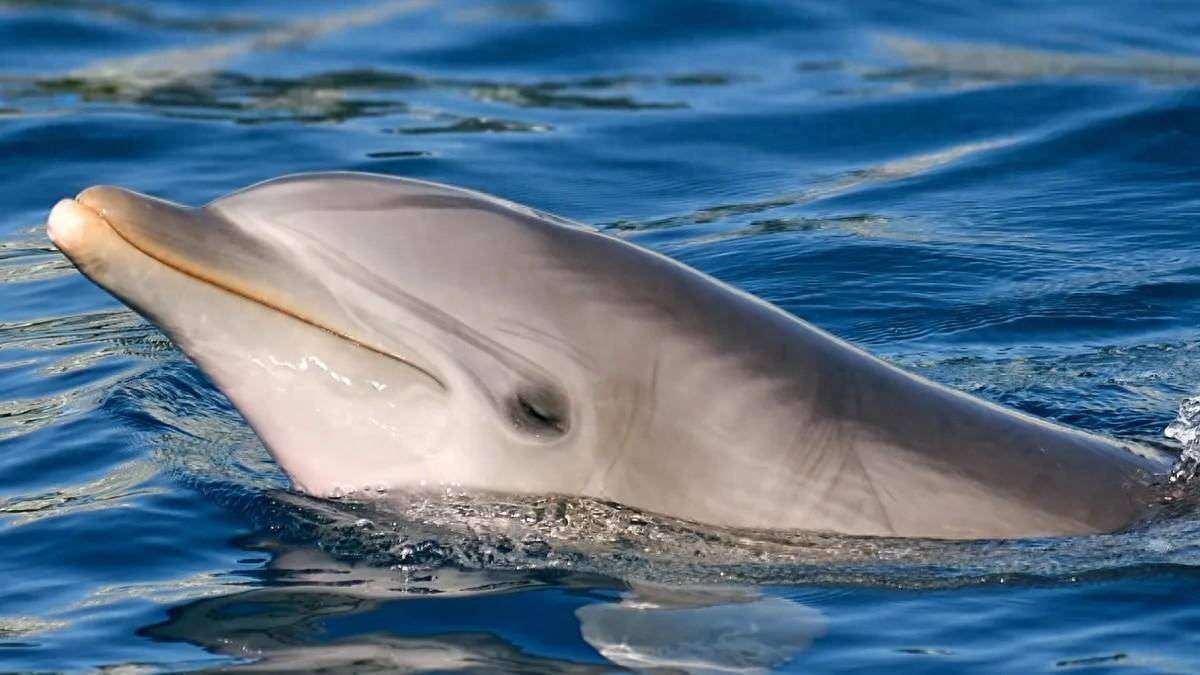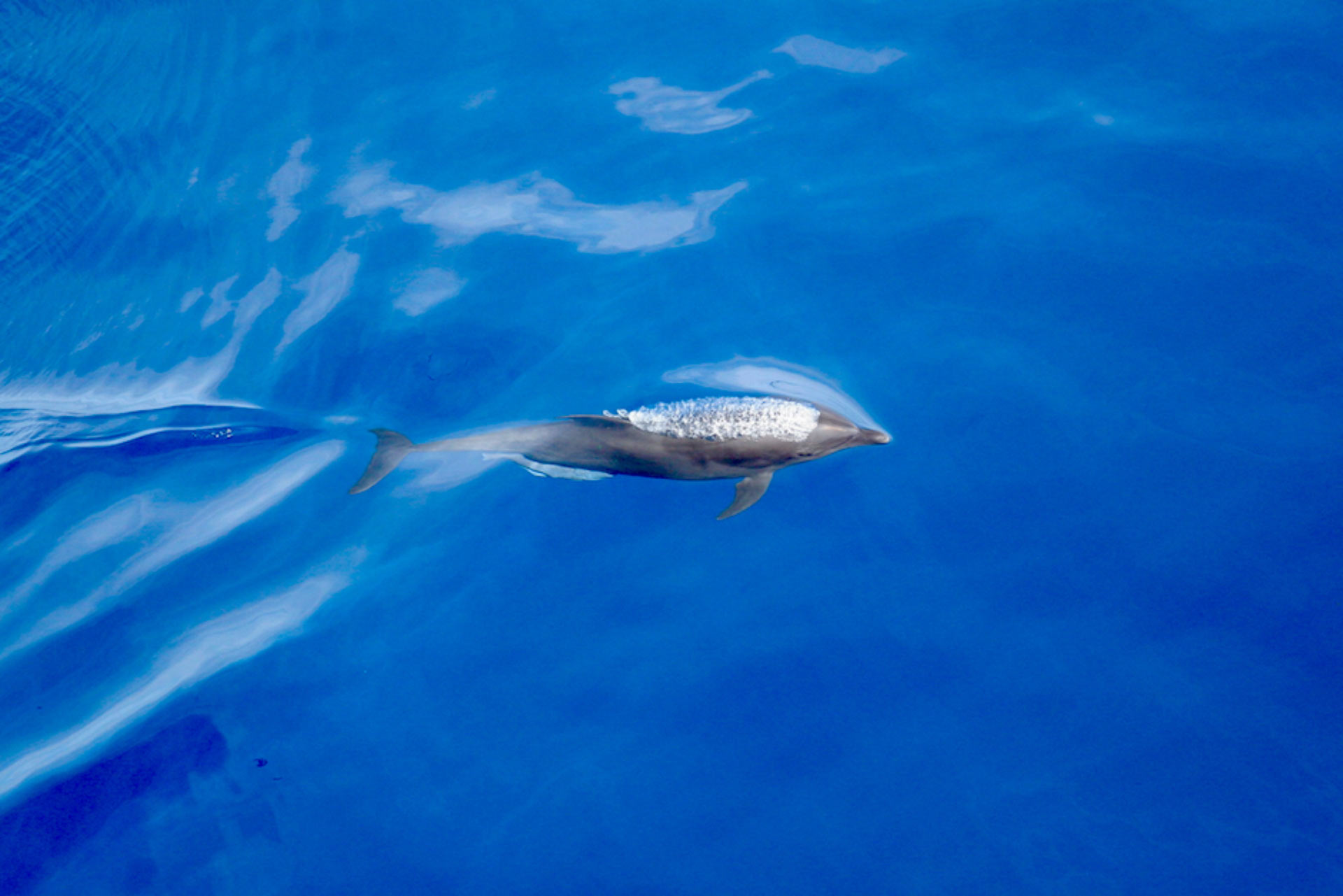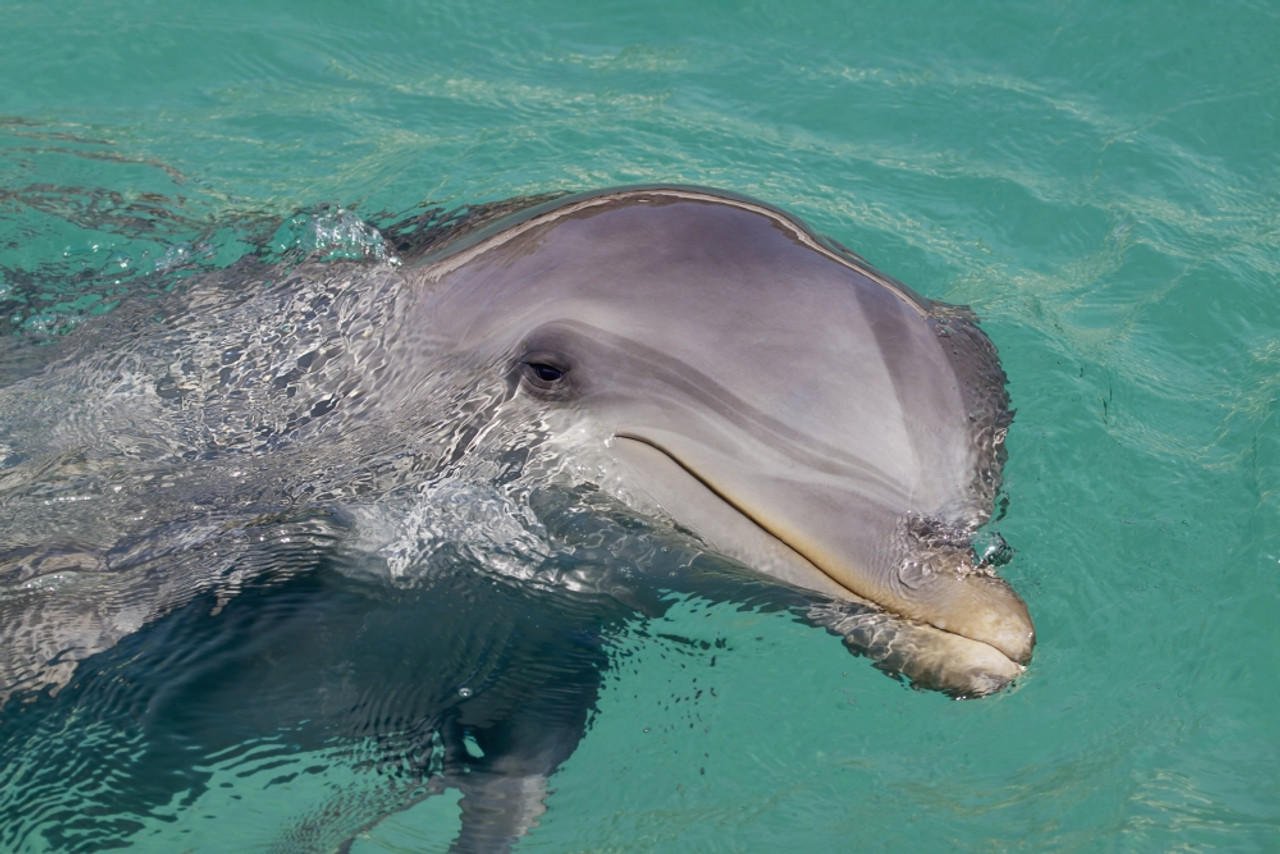A lone bottlenose dolphin in the Baltic Sea is surprising scientists with the range of vocalizations it makes, even when no one else is around. The case study opens up new insights into dolphin behavior and emotions, especially in isolation.
Bottlenose dolphins ( Tursiops truncatus ) are social animals, usually living in groups. However, in September 2019, a lone dolphin, named “Delle”, began appearing in Denmark’s Svenborgsundsung Strait. This is an area outside the species’ natural range and there are no other dolphins in the area.
A team at the University of Southern Denmark, led by biologist Olga Filatova, set up underwater recording equipment to monitor the sounds "Delle" made. Initially, they only expected to record a few vague whistles. However, the results far exceeded expectations.

Thousands of sounds recorded
Over 69 days, from December 8, 2022 to February 14, 2023, the recording device collected 10,833 different sounds from "Delle", including:
- 2,291 whistles.
- 2,288 negative pulse trains.
- 5,487 low frequency sounds.
- 767 hours of water polo.
Among the most notable are three distinctive whistles, often called “signature whistles.” These are personalized sounds that are like “names” for individual dolphins. “If we didn’t know that Delle lived alone, we would have thought there were at least three dolphins involved in the communication,” Filatova said.

Talking to yourself?
This phenomenon raises the question: why does a solitary dolphin emit communication sounds commonly seen among dolphins in a group?
Initially, the team wondered if “Delle” was trying to communicate with humans, such as boatmen, but the sounds were still recorded at night when no one was around. One theory is that “Delle” makes the sounds to comfort itself or as an unconscious response to emotions, similar to how humans laugh when no one is around.
It is also possible that "Delle" was trying to attract the attention of other dolphins. However, this is unlikely because the dolphin had lived in this area for more than three years without encountering any of its own kind.
Learn more about dolphin emotions
Experts like Thea Taylor, director of the Sussex Dolphin Project, say the findings are not surprising. Dolphins use sound not only to hunt and navigate, but also to communicate over long distances. But the fact that a lone dolphin is constantly making communication sounds is remarkable.
Taylor suggests that these sounds may be unconscious emotional signals, revealing the potential for using dolphin communication to gain insight into their natural behavior and emotions.

Fresh discoveries from an isolated individual
In the past, solitary dolphins have often been dismissed as “oddballs” and have received little attention in research. However, the case of “Delle” shows that these individuals can provide important information about dolphin behavior and biology.
“We still have a lot to learn to fully understand why dolphins make these sounds,” Taylor concluded. The study not only sheds light on “Delle’s” inner world , but also opens up new avenues for exploring communication and emotion in marine animals.
The study was published in the journal Bioacoustics on October 31, 2024.
Source: https://giadinh.suckhoedoisong.vn/ca-heo-don-doc-o-bien-baltic-va-bi-an-ve-nhung-am-thanh-doc-thoai-172241122072159632.htm

































































































Comment (0)